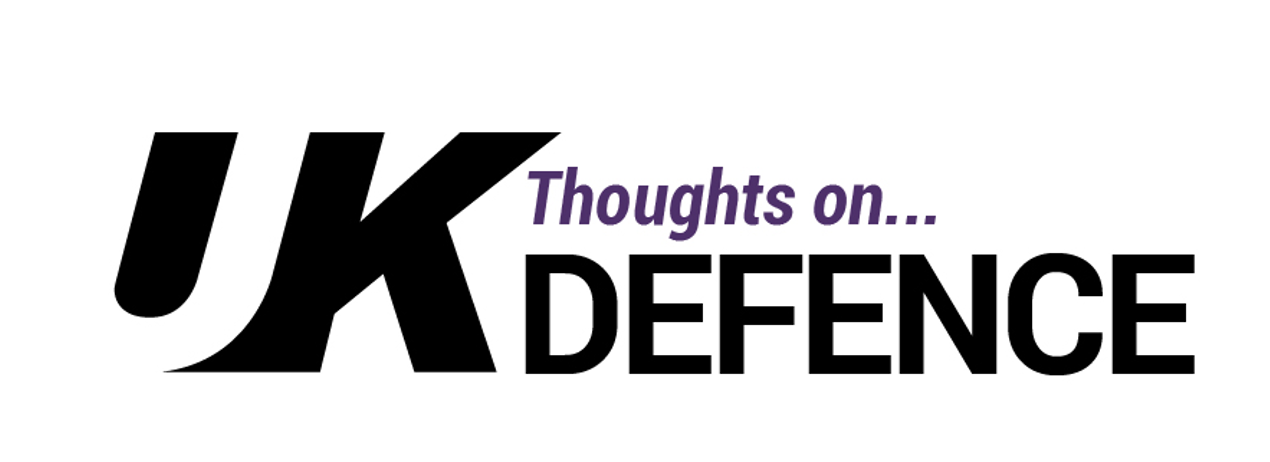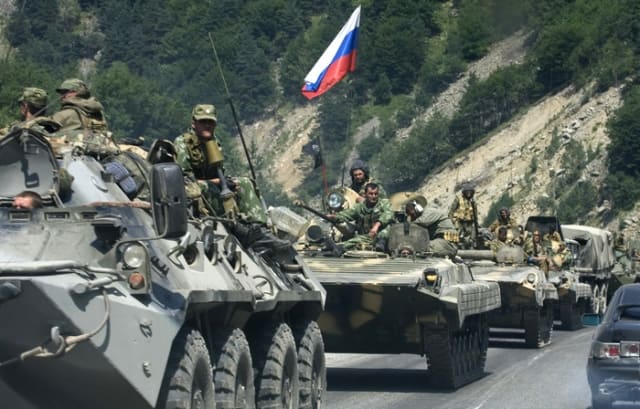During his time as President of the United States, it is fair to say that Donald Trump’s approach to NATO has been full of ups and downs; although most people would probably suggest there have been far less ups than downs. Last week, he is reported to have approved a new cap on US forces in Germany, which will limit numbers to 25,000 and would mean a reduction of 9,500, or more than 25%, from current levels.
Commentators have been quick to point out the folly of this decision, arguing that it would further weaken NATO’s already fragile deterrent posture. Moreover, the forces most likely to be cut are combat service support troops, who are vital to facilitate the swift movement of NATO forces from west to east in time of crisis.
So how harmful has President Trump’s approach to NATO been for the alliance, both over the last four years and potentially into the future?
Evidence of President Trump’s approach to NATO
As @onUKDefence has previously pointed out, during his 2016 presidential campaign, Trump called NATO obsolete. He has also regularly complained about alliance members who, in his opinion, do not spend enough on defence, and, in 2018, he reportedly discussed withdrawing the Unites States from the alliance altogether. However, on the up side, Trump has also said he is “very happy” with NATO, and recently confirmed that it is “no longer obsolete”.
In the 2014 Wales Summit Declaration, NATO members signalled their intent to “move towards the 2% guideline [to spend a minimum of 2% of their GDP on defence] within a decade”. When Trump became US president in 2016, only five member states (Estonia, Greece, Poland, UK, and US) were meeting the 2% benchmark. By the end of 2019, that figure had increased to nine (Bulgaria, Estonia, Greece, Latvia, Lithuania, Poland, Romania, UK, and US). Moreover, every country (except the US) has increased its defence expenditure as a share of GDP over those three years. One can only speculate how much President Trump’s regular haranguing on Twitter has influenced this situation, but the trend is at least positive.
Impact of the 2020 Presidential Election
Perhaps a more significant factor is the forthcoming presidential election. History suggests that second terms of US presidents tend to be less successful than first terms. Over the years a number of second terms presidents have experienced scandal (e.g. Bill Clinton – Lewinsky), policy inertia (e.g. Barrack Obama – affordable healthcare), or some sort of catastrophe (e.g. George W Bush – Hurricane Katrina). Some call this phenomenon the ‘Second Term Curse’. If Donald Trump is re-elected and experiences a rocky second term (even more than his first!), he is likely to employ a favourite tactic of picking fights elsewhere to distract attention away from his more serious problems. If this were to happen, NATO may well be a prime target.
On the other hand, Democrat candidate Joe Biden is a strong supporter of NATO, calling it “the single most significant military alliance in the history of the world”. If he were to win in November, it is likely that the alliance would return to its pre-Trump status quo and the current presidential anti-NATO sentiment would become a quickly forgotten aberration.
Conclusion
So, where does this leave us? Although there is still much more to be done, the NATO nations’ current trajectory with regard to collective defence is a good one. Furthermore, whether European heads of government like it or not, part of that has to be down to President Trump’s approach to NATO, and, specifically, his belligerent and transactional attitude towards statecraft. That said, if he wins re-election, there is no doubt four more years of the same, or potentially worse, would be difficult for them to live with. But if he loses, the alliance as a whole may just thank him for shaking up some of its more reticent nations.






